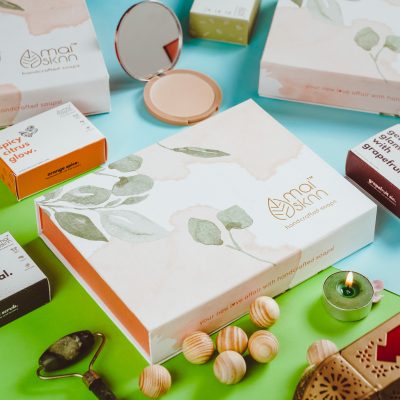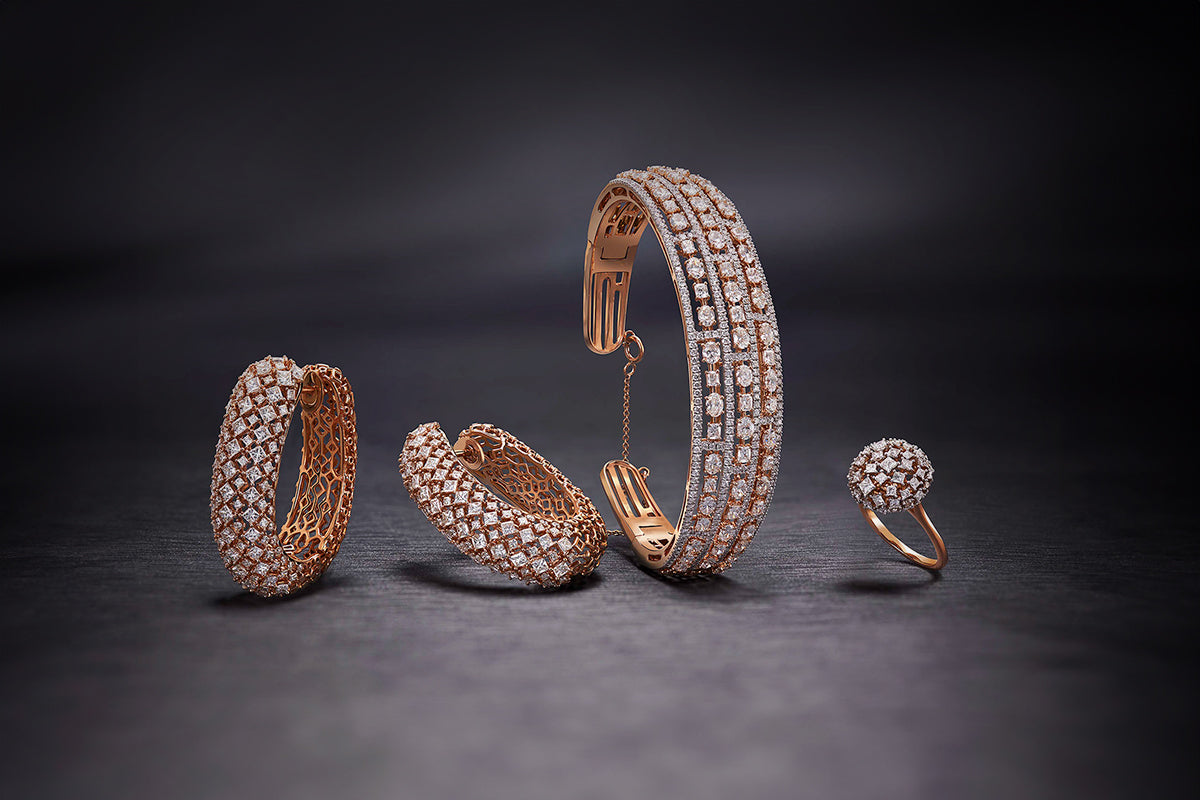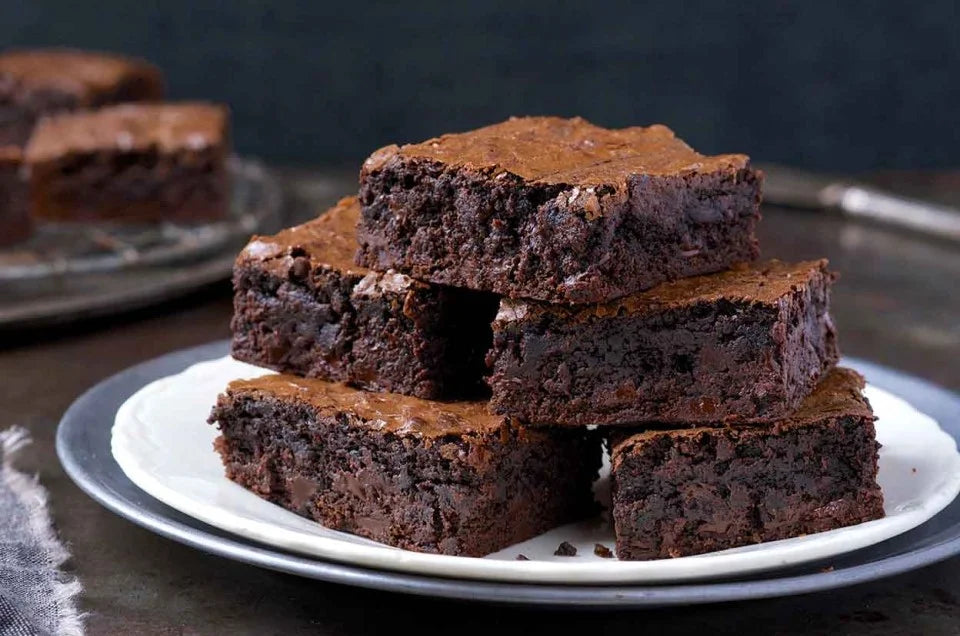Products
Sort by:
1513 products
1513 products
Fabric: Authentic Banarasi silk sarees are primarily made from finely woven pure silk, such as Katan silk, known for its durability, smooth texture, and lustrous finish. Other variations use fabrics like organza (kora), georgette, and tussar silk, offering different drapes and sheens.Zari Work: The most distinctive feature is the extensive use of real or tested gold and silver metallic threads (zari) to create rich, shimmering patterns. This brocade work makes the sarees relatively heavy and regal.Motifs and Designs: Designs are heavily influenced by Mughal art and architecture, featuring intricate motifs such as:Kalga and Bel: Intricate floral and foliate (leafy) patterns and intertwining vines.Jhallar: A string of upright leaves design often found at the outer edge of the border.Jangla: Dense, all-over floral or jungle-inspired patterns.Paisleys, peacocks, and animal figures.Jaal: A net-like pattern covering the body of the saree.Craftsmanship: Each saree is traditionally handwoven by skilled artisans on a pit or jacquard loom, a meticulous process that can take anywhere from 15 days to six months, depending on the complexity of the design. The reverse side of a handloom saree often shows slight thread floats or irregularities, a mark of authenticity.
Fabric: Authentic Banarasi silk sarees are primarily made from finely woven pure silk, such as Katan silk, known for its durability, smooth texture, and lustrous finish. Other variations use fabrics like organza (kora), georgette, and tussar silk, offering different drapes and sheens.Zari Work: The most distinctive feature is the extensive use of real or tested gold and silver metallic threads (zari) to create rich, shimmering patterns. This brocade work makes the sarees relatively heavy and regal.Motifs and Designs: Designs are heavily influenced by Mughal art and architecture, featuring intricate motifs such as:Kalga and Bel: Intricate floral and foliate (leafy) patterns and intertwining vines.Jhallar: A string of upright leaves design often found at the outer edge of the border.Jangla: Dense, all-over floral or jungle-inspired patterns.Paisleys, peacocks, and animal figures.Jaal: A net-like pattern covering the body of the saree.Craftsmanship: Each saree is traditionally handwoven by skilled artisans on a pit or jacquard loom, a meticulous process that can take anywhere from 15 days to six months, depending on the complexity of the design. The reverse side of a handloom saree often shows slight thread floats or irregularities, a mark of authenticity.
Fabric: Authentic Banarasi silk sarees are primarily made from finely woven pure silk, such as Katan silk, known for its durability, smooth texture, and lustrous finish. Other variations use fabrics like organza (kora), georgette, and tussar silk, offering different drapes and sheens.Zari Work: The most distinctive feature is the extensive use of real or tested gold and silver metallic threads (zari) to create rich, shimmering patterns. This brocade work makes the sarees relatively heavy and regal.Motifs and Designs: Designs are heavily influenced by Mughal art and architecture, featuring intricate motifs such as:Kalga and Bel: Intricate floral and foliate (leafy) patterns and intertwining vines.Jhallar: A string of upright leaves design often found at the outer edge of the border.Jangla: Dense, all-over floral or jungle-inspired patterns.Paisleys, peacocks, and animal figures.Jaal: A net-like pattern covering the body of the saree.Craftsmanship: Each saree is traditionally handwoven by skilled artisans on a pit or jacquard loom, a meticulous process that can take anywhere from 15 days to six months, depending on the complexity of the design. The reverse side of a handloom saree often shows slight thread floats or irregularities, a mark of authenticity.
Fabric: Authentic Banarasi silk sarees are primarily made from finely woven pure silk, such as Katan silk, known for its durability, smooth texture, and lustrous finish. Other variations use fabrics like organza (kora), georgette, and tussar silk, offering different drapes and sheens.Zari Work: The most distinctive feature is the extensive use of real or tested gold and silver metallic threads (zari) to create rich, shimmering patterns. This brocade work makes the sarees relatively heavy and regal.Motifs and Designs: Designs are heavily influenced by Mughal art and architecture, featuring intricate motifs such as:Kalga and Bel: Intricate floral and foliate (leafy) patterns and intertwining vines.Jhallar: A string of upright leaves design often found at the outer edge of the border.Jangla: Dense, all-over floral or jungle-inspired patterns.Paisleys, peacocks, and animal figures.Jaal: A net-like pattern covering the body of the saree.Craftsmanship: Each saree is traditionally handwoven by skilled artisans on a pit or jacquard loom, a meticulous process that can take anywhere from 15 days to six months, depending on the complexity of the design. The reverse side of a handloom saree often shows slight thread floats or irregularities, a mark of authenticity.
Fabric: Authentic Banarasi silk sarees are primarily made from finely woven pure silk, such as Katan silk, known for its durability, smooth texture, and lustrous finish. Other variations use fabrics like organza (kora), georgette, and tussar silk, offering different drapes and sheens.Zari Work: The most distinctive feature is the extensive use of real or tested gold and silver metallic threads (zari) to create rich, shimmering patterns. This brocade work makes the sarees relatively heavy and regal.Motifs and Designs: Designs are heavily influenced by Mughal art and architecture, featuring intricate motifs such as:Kalga and Bel: Intricate floral and foliate (leafy) patterns and intertwining vines.Jhallar: A string of upright leaves design often found at the outer edge of the border.Jangla: Dense, all-over floral or jungle-inspired patterns.Paisleys, peacocks, and animal figures.Jaal: A net-like pattern covering the body of the saree.Craftsmanship: Each saree is traditionally handwoven by skilled artisans on a pit or jacquard loom, a meticulous process that can take anywhere from 15 days to six months, depending on the complexity of the design. The reverse side of a handloom saree often shows slight thread floats or irregularities, a mark of authenticity.
Fabric: Authentic Banarasi silk sarees are primarily made from finely woven pure silk, such as Katan silk, known for its durability, smooth texture, and lustrous finish. Other variations use fabrics like organza (kora), georgette, and tussar silk, offering different drapes and sheens.Zari Work: The most distinctive feature is the extensive use of real or tested gold and silver metallic threads (zari) to create rich, shimmering patterns. This brocade work makes the sarees relatively heavy and regal.Motifs and Designs: Designs are heavily influenced by Mughal art and architecture, featuring intricate motifs such as:Kalga and Bel: Intricate floral and foliate (leafy) patterns and intertwining vines.Jhallar: A string of upright leaves design often found at the outer edge of the border.Jangla: Dense, all-over floral or jungle-inspired patterns.Paisleys, peacocks, and animal figures.Jaal: A net-like pattern covering the body of the saree.Craftsmanship: Each saree is traditionally handwoven by skilled artisans on a pit or jacquard loom, a meticulous process that can take anywhere from 15 days to six months, depending on the complexity of the design. The reverse side of a handloom saree often shows slight thread floats or irregularities, a mark of authenticity.

Bridal Gift Hamper | Set of 4 Luxuriously Handcrafted Soaps
Bridal Gift Hamper | Set of 4 Luxuriously Handcrafted Soaps
Showing 234/1513



![Brahmi [blue colour handcrafted bangles]](http://indymandi.com/cdn/shop/files/brahmi2.jpg?v=1758793628&width=1500)
![Brahmi [blue colour handcrafted bangles]](http://indymandi.com/cdn/shop/files/brahmi1.png?v=1758793688&width=1500)






























